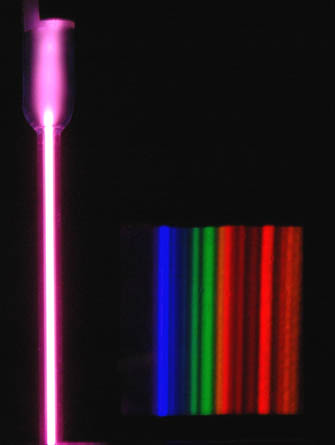Originally posted by T-rex
View Post
Atomic Spectra
Argon Spectra
[

Now thats the color I'm talking about.





















Comment